7 Tidal Islands You Must Visit Once In Lifetime
By: Kratika Maheshwari Tue, 01 Mar 2022 8:40:47
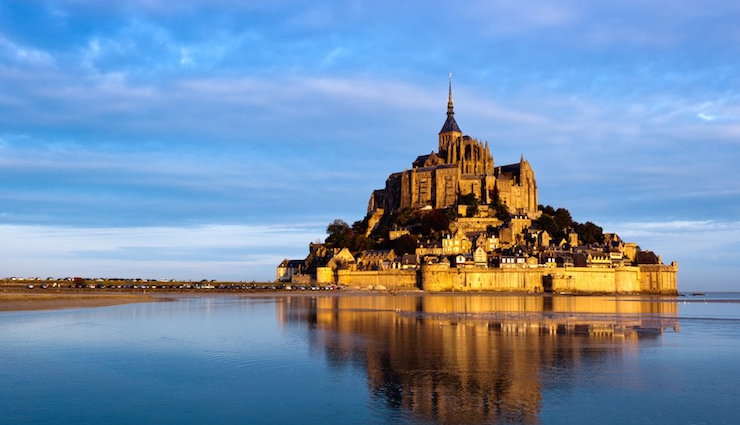
A tidal island is a piece of land that is connected to the mainland at low tide at which time they can be reached on foot. At high tide however it is completely cut off from the mainland and becomes a real island. Tidal islands are sometimes connected to the mainland by a man-made causeway allowing easy access for visitors wishing to cross over but even these can get submerged by the sea. So always check the tide times before you visit, or get ready to swim back.
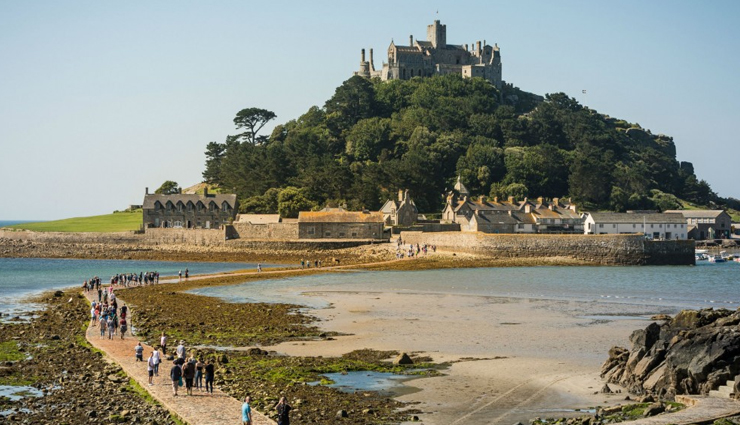
# St Michael's Mount, UK
St Michael's Mount is a tidal island located 366 metres (400 yards) off the Mount's Bay coast of Cornwall, United Kingdom. It is a civil parish and is united with the town of Marazion by a man-made causeway of granite setts, passable between mid-tide and low water. The chapel of St Michael, a 15th century building, has an embattled tower, in one angle of which is a small turret, which served for the guidance of ships. Some studies indicate that any rise in ocean waters as well as existing natural erosion would put some of the Cornwall coast at risk, including St. Michael’s Mount.
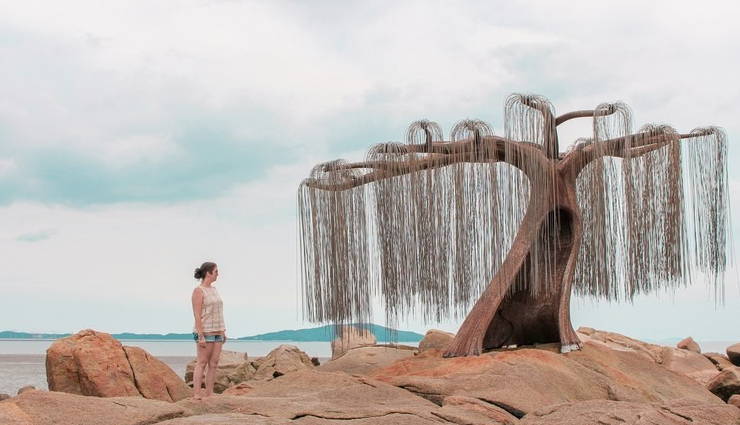
# Modo, South Korea
The tide-related sea level variations result in a local phenomenon (a "Moses Miracle") when a land pass 2.9 km (1.8 mi) long and 10–40 meters (11-33 yds) wide opens for an hour between Modo and Jindo islands. The event occurs approximately twice a year, around April-June. It had long been celebrated in a local festival called "Jindo's Sea Way", but was largely unknown to the world until 1975, when the French ambassador Pierre Randi described the phenomenon in a French newspaper. Nowadays, nearly half a million foreign and local tourists attend the event annually.
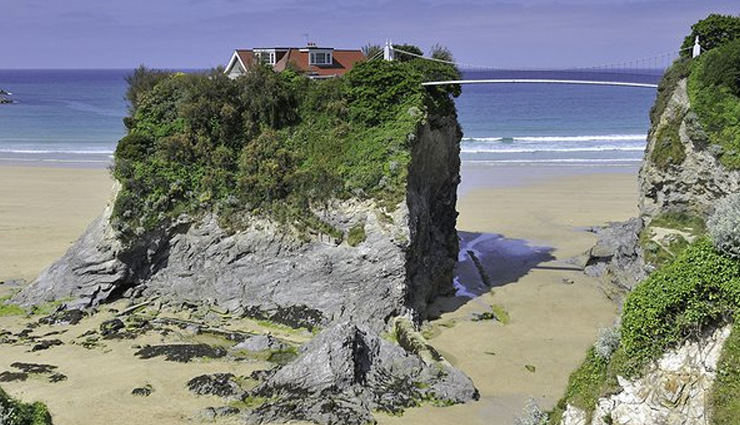
# Newquay Island, UK
Newquay Island in Cornwall is joined to the mainland by a suspension bridge. Actually a huge 70 foot (21 m) high rocky outcropping, it appears to be an island when the tide is in, but one can walk right up to it when the tide is out. The bridge was built in 1900 and is just wide enough for a person to walk across. Though it wasn't designed with those suffering from acrophobia in mind, it is very safe and is inspected every year.
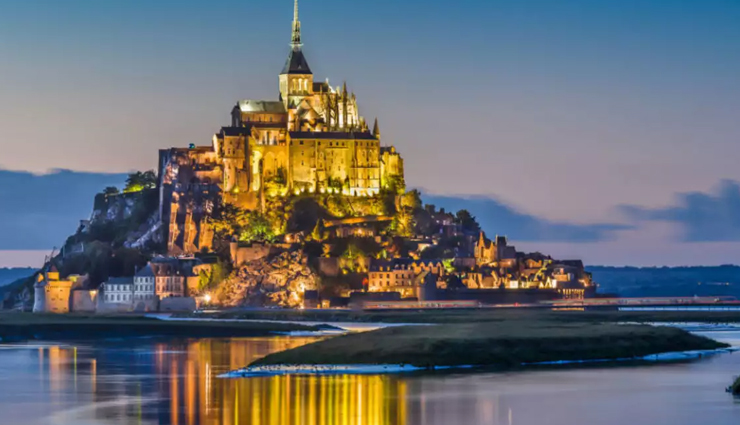
# Mont Saint-Michel, France
Mont Saint-Michel is a rocky tidal island and a commune in Normandy, France. It is located approximately one kilometre (just over half a mile) off the country's north-western coast, at the mouth of the Couesnon River near Avranches. The population of the island is 44, as of 2009. The island has held strategic fortifications since ancient times, and since the 8th century AD been the seat of the monastery from which it draws its name. The Mont-Saint-Michel and its bay are part of the UNESCO list of World Heritage Sites. More than 3,000,000 people visit it each year.
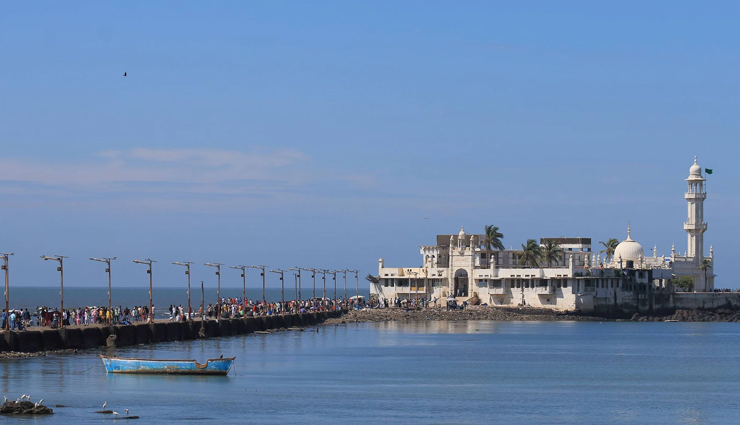
# Haji Ali Dargah, India
The Haji Ali Dargah is a mosque and dargah (tomb) located on an islet off the coast of Worli in the Southern part of Mumbai. Near the heart of the city proper, the Dargah is one of the most recognisable landmarks of Mumbai. The accessibility to the Dargah is very much dependent on the tides. As, the causeway is not bound by railings, when the causeway gets submerged during the tides high tides it becomes inaccessible. Therefore, the Dargah is accessible only during low tide. This walk on the causeway, with the sea on both sides, is one of the highlights of a trip to the shrine.
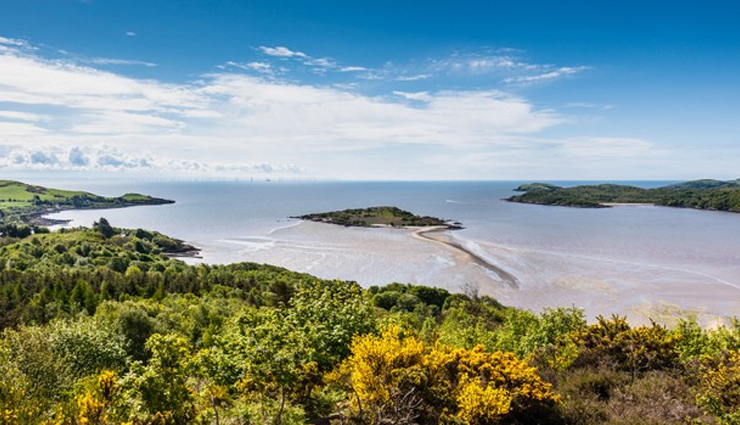
# Rough Island, UK
Rough Island is a tidal island in Rough Firth off the Solway Firth, Scotland. It is 24 m (26 yds) at its highest point. Since 1937 it has been in the ownership of the National Trust for Scotland. The island is a bird sanctuary accessible across the causeway from Kippford when the tides allow but visitors should avoid doing this during the months of May and June to avoid disturbing the nesting oystercatchers and ringed plovers.
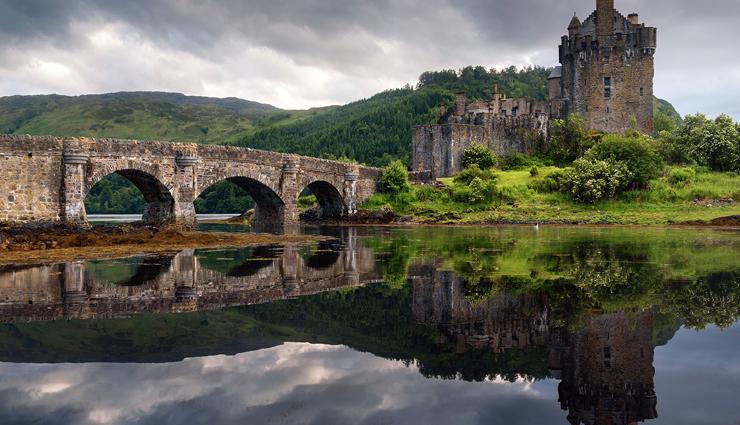
# Eilean Donan, UK
Eilean Donan is a small island in Loch Duich in the western Highlands of Scotland. It is connected to the mainland by a footbridge and lies about half a mile from the village of Dornie. Donnán is said to have established a church on the island, though no trace of this remains. The island is dominated by a picturesque castle which is familiar from many photographs. The castle was founded in the thirteenth century, but was destroyed in the eighteenth century. The present buildings are the result of twentieth-century reconstruction.





